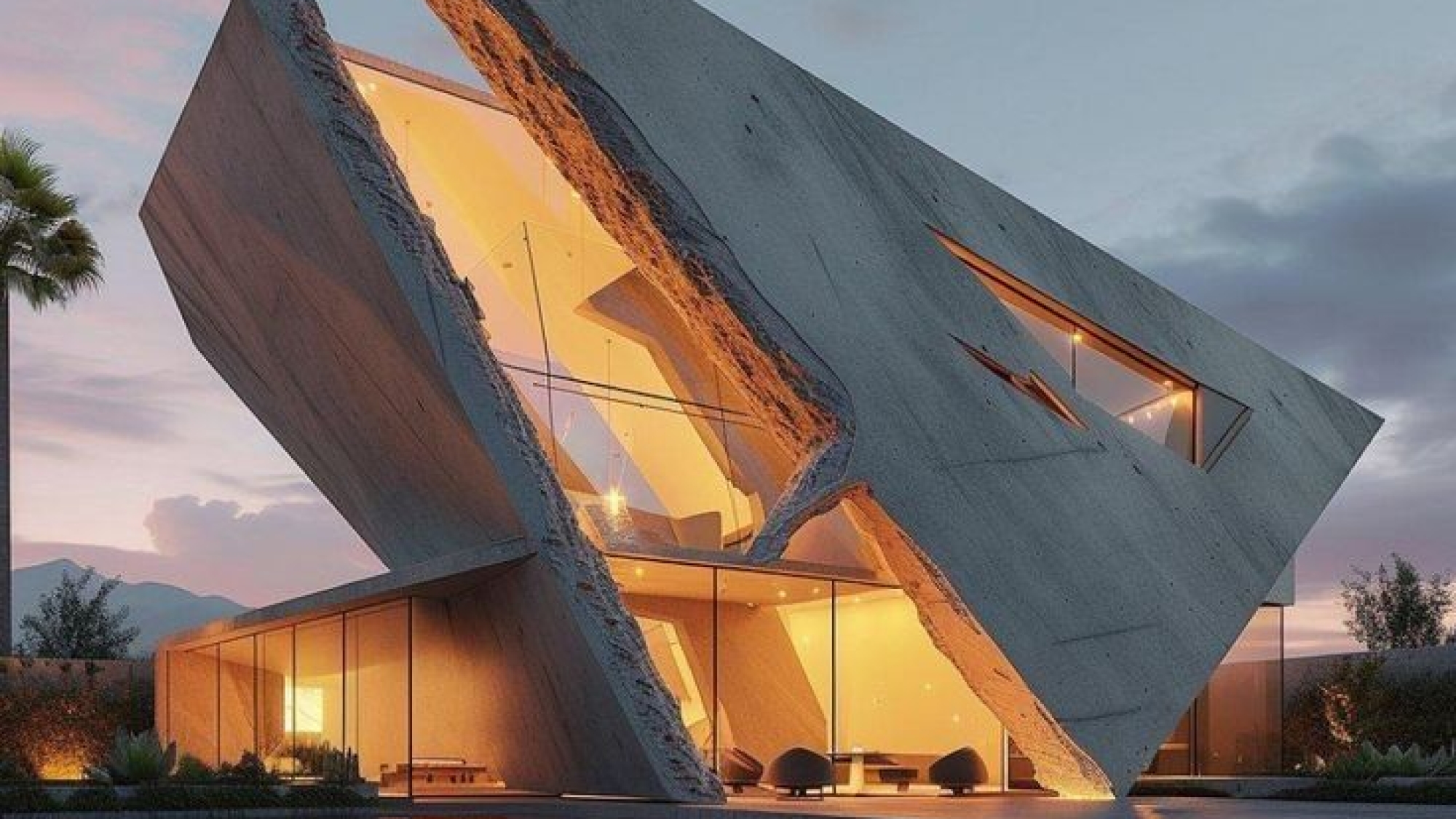Post-modern architecture is renowned for its fusion of modern and traditional elements, creating designs that are unique and meaningful. Unlike modernism, which emphasizes rationality and functionality, post-modern architecture incorporates ornaments, symbolism, and decorative elements often inspired by history. Buildings in this style are not merely functional but also serve as reflections of cultural and environmental contexts.
Key characteristics of this style include the use of historical elements, such as classical columns or bold, vibrant colors that create striking visual impressions. Examples include the Public Services Building in Portland, which blends modern forms with the Portlandia statue symbolizing local moral and cultural values. Similarly, Hotel Asia in Surakarta features a traditional Javanese limasan roof, representing adaptation to tropical climates while honoring local traditions.
This design approach offers flexibility, allowing each structure to uniquely represent its location and community. By combining traditional and modern elements, post-modern architecture provides a creative solution that celebrates diversity without compromising functionality or aesthetics.

